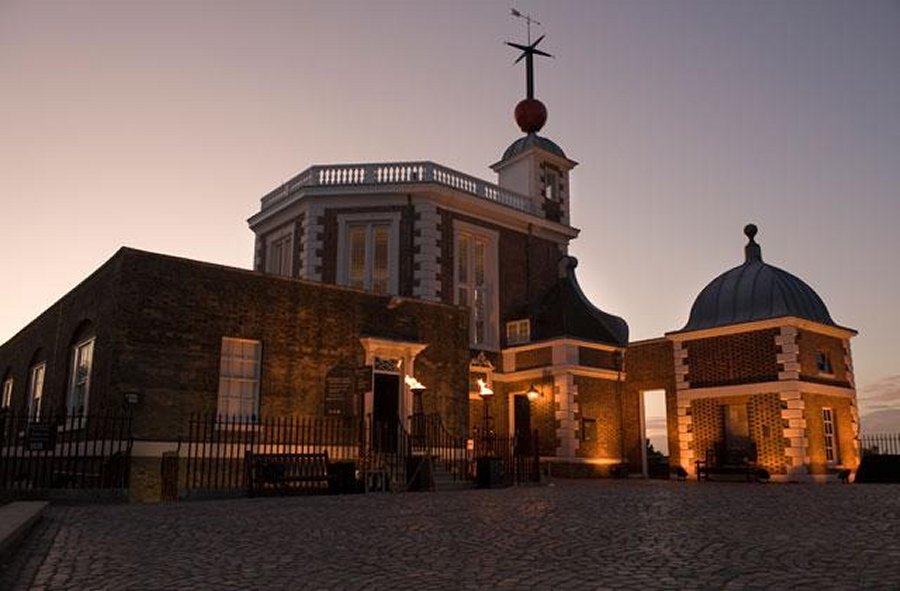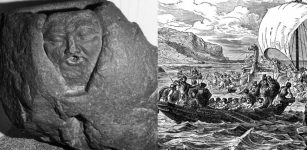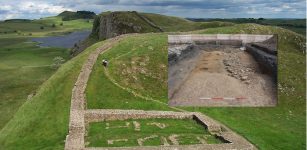On This Day In History: Foundation Stone Of The Royal Greenwich Observatory In London Was Laid – On August 10, 1675
AncientPages.com - On August 10, 1675, the foundation stone of the Royal Greenwich Observatory in London, England, was laid.
In 1675, King Charles II laid the foundation stone of the Royal Observatory, Greenwich. The building was designed by Sir Christopher Wren (who was also a Professor of Astronomy).
Royal Greenwich Observatory in London.
John Flamsteed was appointed as the first Astronomer Royal. Construction was finished the following year. Its primary uses were efficient—using astronomy for navigation and timekeeping by determination of star positions.
In 1767 the observatory began publishing The Nautical Almanac, which established the longitude of Greenwich as a baseline for time calculations.
It led partly to the international adoption (1884) of the Greenwich meridian as the Earth's prime meridian.
The Royal Observatory, Greenwich (known as the Royal Greenwich Observatory or RGO), is an observatory situated on a hill in Greenwich Park, overlooking the River Thames. It played a significant role in the history of astronomy and navigation and is best known as the location of the prime meridian.
At that time, the king also created the position of Astronomer Royal to serve as the observatory's director. He also applied" himself with the most exact care and diligence to rectify the tables of the motions of the heavens, and the places of the fixed stars, to find out the so much desired longitude of places for perfecting the art of navigation."
He appointed John Flamsteed as the first Astronomer Royal. The building was completed in the summer of 1676 and is often called "Flamsteed House."
The scientific work of the observatory was relocated elsewhere in stages in the first half of the 20th century. The Greenwich site is now maintained as a museum.
AncientPages.com





















